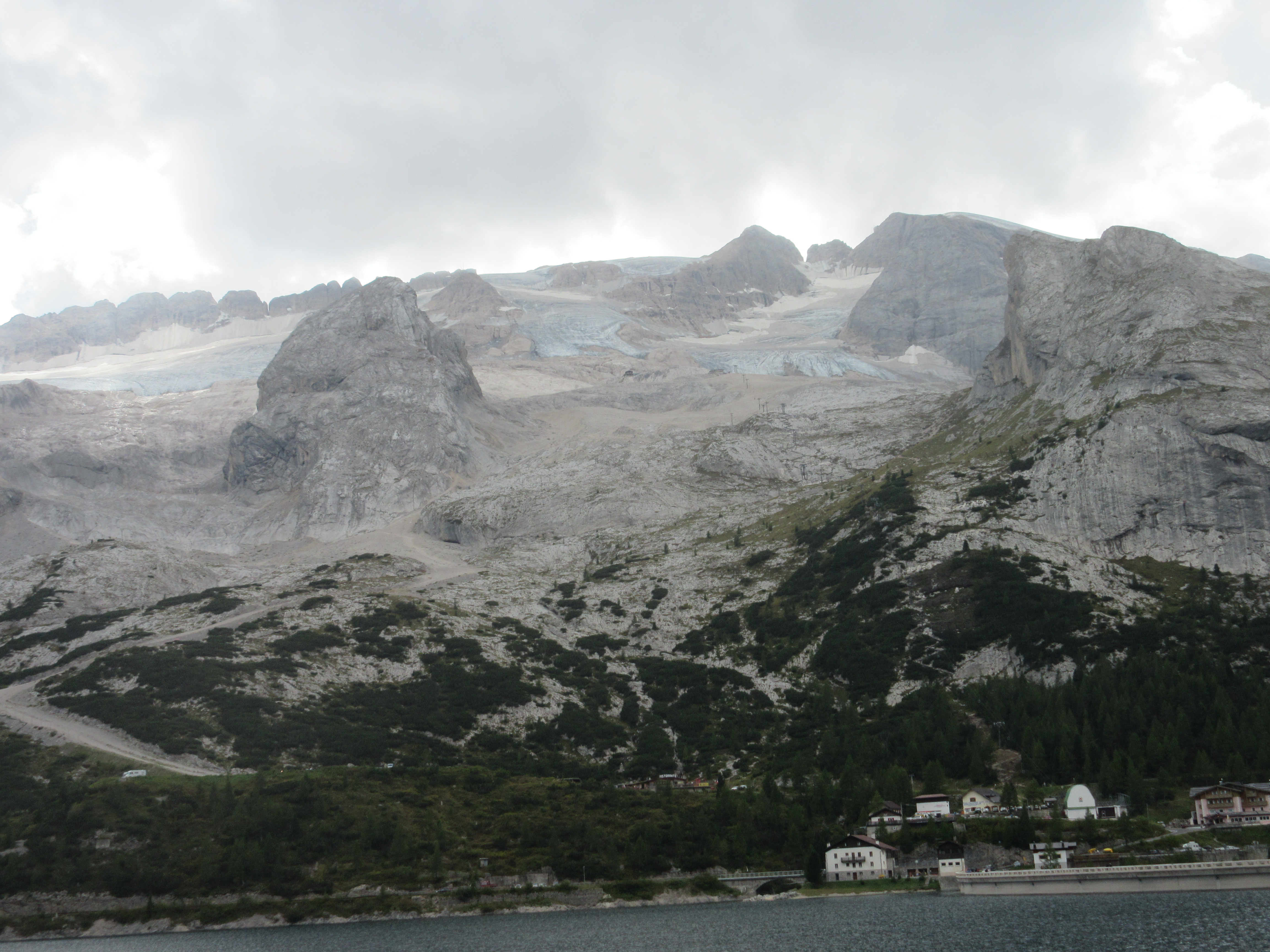5 January 2017
Communicating Real Science in a time of Fake News
Posted by Shane Hanlon
By Marcia Bjornerud
Good popular science writing matters more than ever at a time when, as satirist Andy Borowitz has observed, “Earth is threatened by a new, fact-resistant strain of humans.”
As a contributor to The New Yorker’s science and technology blog Elements, I believe that there are ways to make readers fact-receptive again. In general, people really do want to make sense of the world – to have an internally consistent framework for understanding reality. However, for those without scientific training, media accounts of scientific findings can seem ad hoc and arcane – piecemeal progress toward answering questions they never even thought of asking.
The key to effective communication of a scientific idea is to find a balance between the Big Picture and what can seem to outsiders like baby-steps toward greater understanding. In other words, the first task is to provide adequate context for a new or unfamiliar idea, and the second to give a substantive — but not excessively technical — account of its essential content. Strategies for both tasks include:
- Incorporating references to phenomena likely to be known by the audience: For example, people familiar with snow will already understand the ideas of surface albedo and its positive feedback effects on temperature, even if they don’t know the scientific terms for these. The high reflectivity of light-colored surfaces can be conveyed by mentioning how even an overcast winter day can seem bright if snow is on the ground.
- Using vivid, jargon-free language that creates tangible images in the mind: Breaking out of the straitjacket of scientific prose can be difficult because we may feel we are being disloyal to our clans in using language that is not officially approved. But it is worse for those clans if we fail completely to communicate with the public. So release your inner poet. Let yourself call M<2 earthquakes seismic ‘whispers’ (barely detectable) and M>7 events ‘shouts’ (violent and upsetting). It’s OK to say that stable isotopes of a certain element are different ‘flavors,’ or that over-pressured salt layers ‘squirt’ in slow motion toward the surface.
- Employing aptly chosen analogies: Good analogies can provide temporary frameworks for understanding that allow readers to carry basic concepts to a more sophisticated level. For example, before talking about the behavior of parts of the Earth’s deep interior, it is essential to develop a sense of scale in the reader’s mind. One could simply enumerate the depth ranges of Earth’s crust, mantle and core, but it would be far more effective to note that these scale quite closely in relative thickness to those of the skin, pulp and pit of a peach (and that the fuzz even approximates the height of the atmosphere). Analogies shouldn’t be stretched beyond their natural limits however; the peach would have to be replaced with a lava lamp or boiling pot of soup to explain mantle convection.
- Developing a narrative line, with protagonists and a plot: Humans are storytellers, and we – scientists and non-scientists alike — are far more likely to remember events when they are connected by a narrative thread. A recent paper has even documented that scientific articles with more attributes of narrative prose tend to get cited more frequently. There is certainly plenty of drama to tap into in the story of Earth systems past and present. An account of the Proterozoic ‘Great Oxidation Event,’ for example, could cast cyanobacteria as biogeochemical revolutionaries that turned the Earth red. Even more importantly, scientific narrative can be an effective tool for dismantling anti-scientific attitudes. The geosciences in particular lend themselves to all of these approaches, which invite non-specialists to share in the creative excitement of the scientific process.
While it is easy to fall into a particularly dangerous type of metaphorical wetland – the slough of despond — in these anti-science times, the good news is that there are more venues than ever through which to reach readers and listeners in the general public: blog posts, podcasts, op-eds, online videos, TED-style talks, science cafes, call-in radio shows, library lectures, presentations to Kiwanis Clubs and religious groups and Girl Scout troops. Together, we can build a bigger, more robust scientific ecosystem that is less vulnerable to rogue pathogens.
– Marcia Bjornerud is Professor of Geology at Lawrence University and author of Reading the Rocks: The Autobiography of the Earth.

The rapidly disappearing Marmolada glacier in the Dolomites in northern Italy, near the Austrian border.* Photo credit: Marcia Bjornerud
*The glacier illustrates the albedo effect mentioned in Point #1, and it has an interesting narrative behind it (Point #4): During WWI, both the Italian and Austro-Hungarian armies built encampments in it, tunneling deep into the ice. By the 1990s, the glacier had melted back beyond the point where those encampments were (revealing many artifacts), and today there is only a tiny remnant of the glacier surviving.


 The Plainspoken Scientist is the science communication blog of AGU’s Sharing Science program. With this blog, we wish to showcase creative and effective science communication via multiple mediums and modes.
The Plainspoken Scientist is the science communication blog of AGU’s Sharing Science program. With this blog, we wish to showcase creative and effective science communication via multiple mediums and modes.